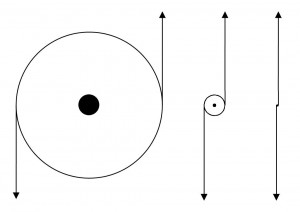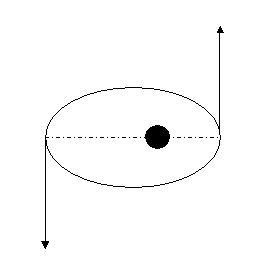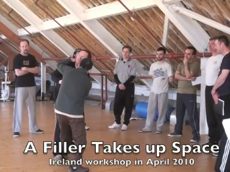 Taiji can certainly be considered a form of specialized technology, and like any specialized technology, this requires special language.
Taiji can certainly be considered a form of specialized technology, and like any specialized technology, this requires special language.
That language is something we have to be very careful of because, in many cases, a word with a ‘common’ meaning often has a special, more extensive, or more precise meaning than the one we would normally attribute to it.

 The shape and actions of the kua in Chen Style Taijiquan Practical Method. Presenter: Chen Zhonghua Length: 3 min. In: English Year: 2012 Difficulty:3/5 At:Maple Ridge, B.C. Canada
The shape and actions of the kua in Chen Style Taijiquan Practical Method. Presenter: Chen Zhonghua Length: 3 min. In: English Year: 2012 Difficulty:3/5 At:Maple Ridge, B.C. Canada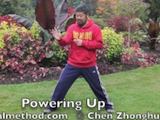 How to produce power in the body. Presenter: Chen Zhonghua Length: 2 min. In: English Year: 2012 Difficulty:2/5 At:Maple Ridge, B.C. Canada
How to produce power in the body. Presenter: Chen Zhonghua Length: 2 min. In: English Year: 2012 Difficulty:2/5 At:Maple Ridge, B.C. Canada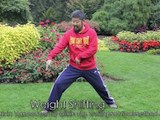
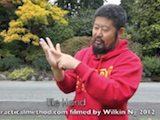 The shape of the hand in Chen Style Taijiquan Practical Method. The hand and fingers are shaped like an ancient Chinese roof tile. This ensures that the base is tight and the fingers span out. Presenter: Chen Zhonghua Length: 5 min. In: English Year: 2012 Difficulty:1/5 At:Maple Ridge, B.C. Canada
The shape of the hand in Chen Style Taijiquan Practical Method. The hand and fingers are shaped like an ancient Chinese roof tile. This ensures that the base is tight and the fingers span out. Presenter: Chen Zhonghua Length: 5 min. In: English Year: 2012 Difficulty:1/5 At:Maple Ridge, B.C. Canada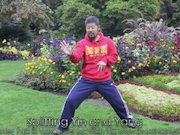 On the way from China to Vancouver workshop, Master Chen has a free day to talk and demonstrate basic principle often misunderstood in Taijiquan. Using “Six Sealing and Four Closing” to show how to split of yin and yang. Presenter: Chen Zhonghua Length: 3 min. In: English Year: 2012 Difficulty:2/5 At:Stanley Park Vancouver, Canada
On the way from China to Vancouver workshop, Master Chen has a free day to talk and demonstrate basic principle often misunderstood in Taijiquan. Using “Six Sealing and Four Closing” to show how to split of yin and yang. Presenter: Chen Zhonghua Length: 3 min. In: English Year: 2012 Difficulty:2/5 At:Stanley Park Vancouver, Canada